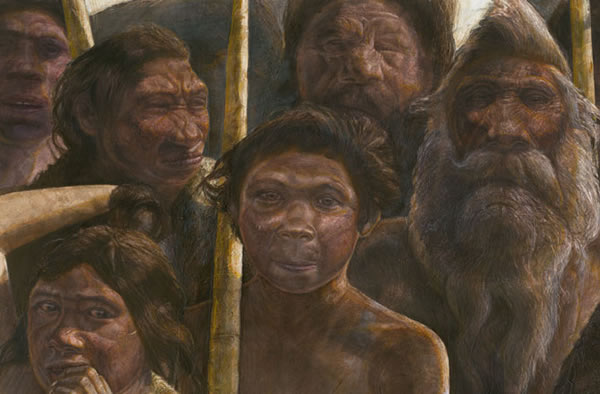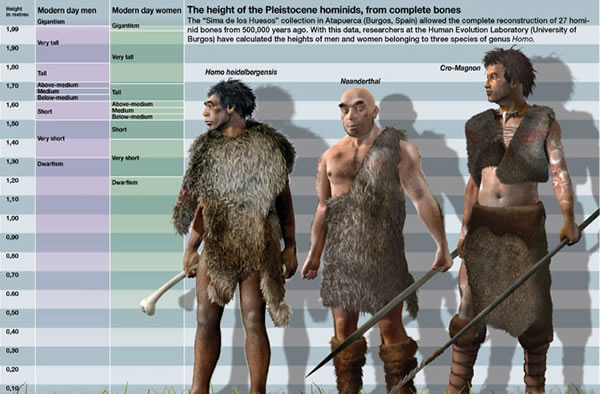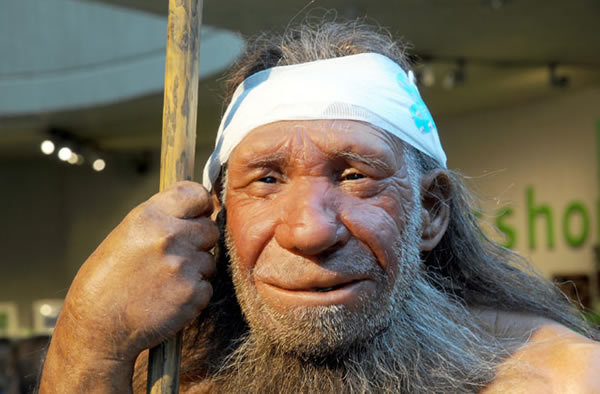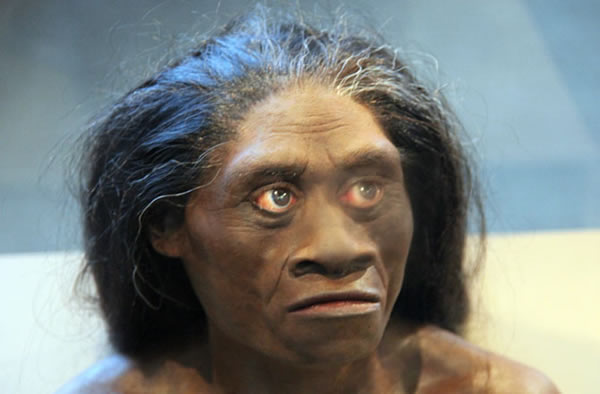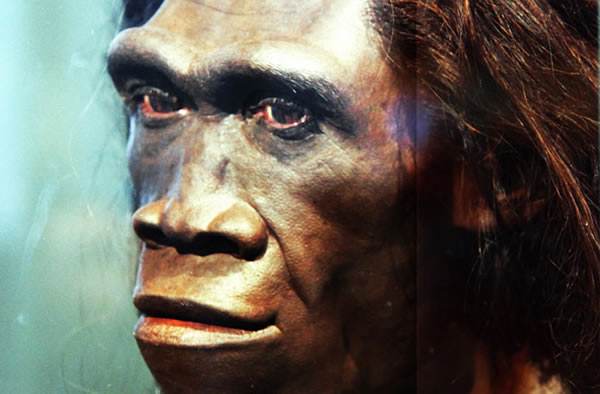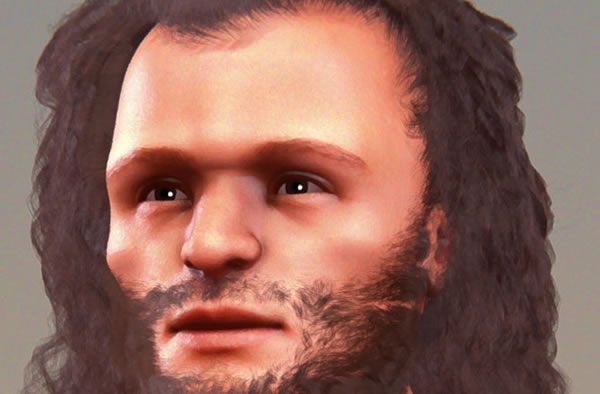What Our Ancestors Looked Like: Photos
DNA was just retrieved and sequenced from a 400,000-year-old representative of Homo heidelbergensis.
DNA was just retrieved and sequenced from a 400,000-year-old representative of the genus Homo. The resulting near-complete mitochondrial genome sequence, detailed in this week's Nature, is now the oldest of its kind for any human species.
It revealed that Homo heidelbergensis, aka Heidelberg Man, lived during the Middle Pleistocene and shared a common ancestor with Denisovans, a group that migrated out of Africa early and later wound up in Siberia with a few other Homo species.
"In Africa a million years ago, they were all one group it seems, and then the ancestors of present-day humans and Neanderthals separated from the ancestors of the people that carried the Denisova mitochondrial DNA," co-author Svante Pääbo, director at the Max Planck Institute for Evolutionary Anthropology, told Discovery News.
The latest genetic analysis shows "that we can now study DNA from human ancestors that are hundreds of thousands of years old," he said. "This opens prospects to study the genes of the ancestors of Neanderthals and Denisovans. It is tremendously exciting."
Homo heidelbergensis next to a Neanderthal and Cro-Magnon Human.
Yet another study focused on the height of Homo heidelbergensis and two other early human family tree members: Neanderthals and Cro-Magnon people, which were the earliest members of our species.
As the image shows, Heidelberg Man and the Neanderthals were pretty tough and muscular, but our species grew to be significantly taller.
Neanderthal brains focused more on vision and movement, leaving less room for cognition related to social skills.
Neanderthals went extinct, or were absorbed into the modern human population, about 32,000 years ago. They had big brains, big muscles and, as seen here, big noses.
The influence of this human group lives on, according to Dan Dediu, a senior investigator in the Language and Genetics Department at the Max Planck Institute for Psycholinguistics, and his colleagues.
Dediu told Discovery News that humans today "might not only carry some Neanderthal genes in our own genomes as traces of our past encounters (with Neanderthals), but also our languages might as well preserve some faint signature of their languages as well, but until rigorous testing is attempted, this must remain pure -- even if exciting -- speculation."
A model of Homo floresiensis, also known as the "Hobbit Human."
Homo floresiensis, also known as "Hobbit Humans," lived on the island of Flores in Indonesia. They survived until relatively recent times, possibly until about 12,000 years ago. New research shows that possessed bigger brains than previously thought, even though their bodies were shorter than those of most adult humans.
"They were extremely short (about 3'6"), much shorter than any healthy living humans," Yousuke Kaifu of the National Museum of Nature and Science in Tokyo told Discovery News. "Their legs were short relative to their arms and feet, (features that) some researchers think were primitive."
An illustration of "Upright Man," a.k.a. Homo erectus.
"Upright Man," Homo erectus, did more than just stand straight. New evidence suggests this early human might have sailed around the Mediterranean, stopping at islands such as Crete and Cyprus.
"Conventional wisdom used to be that none of these islands had too much settlement prior to the Neolithic because the islands were too impoverished to have supported permanent occupation," anthropologist Alan Simmons of the University of Nevada told Discovery News. "This likely is untrue. Hunters and gatherers can be pretty creative."
A forensic facial reconstruction of Cro-magnon man.
Members of our species that lived outside of Africa around 28,000 years ago had an upright posture and a fairly slender build, remains suggest. They also tended to have high foreheads.
This forensic facial reconstruction, however, suggests that if a Cro-Magnon human were dressed in modern clothing, he could probably pass for a rather hairy regular guy.(Dec 4, 2013 01:00 PM ET // by Jennifer Viegas)
